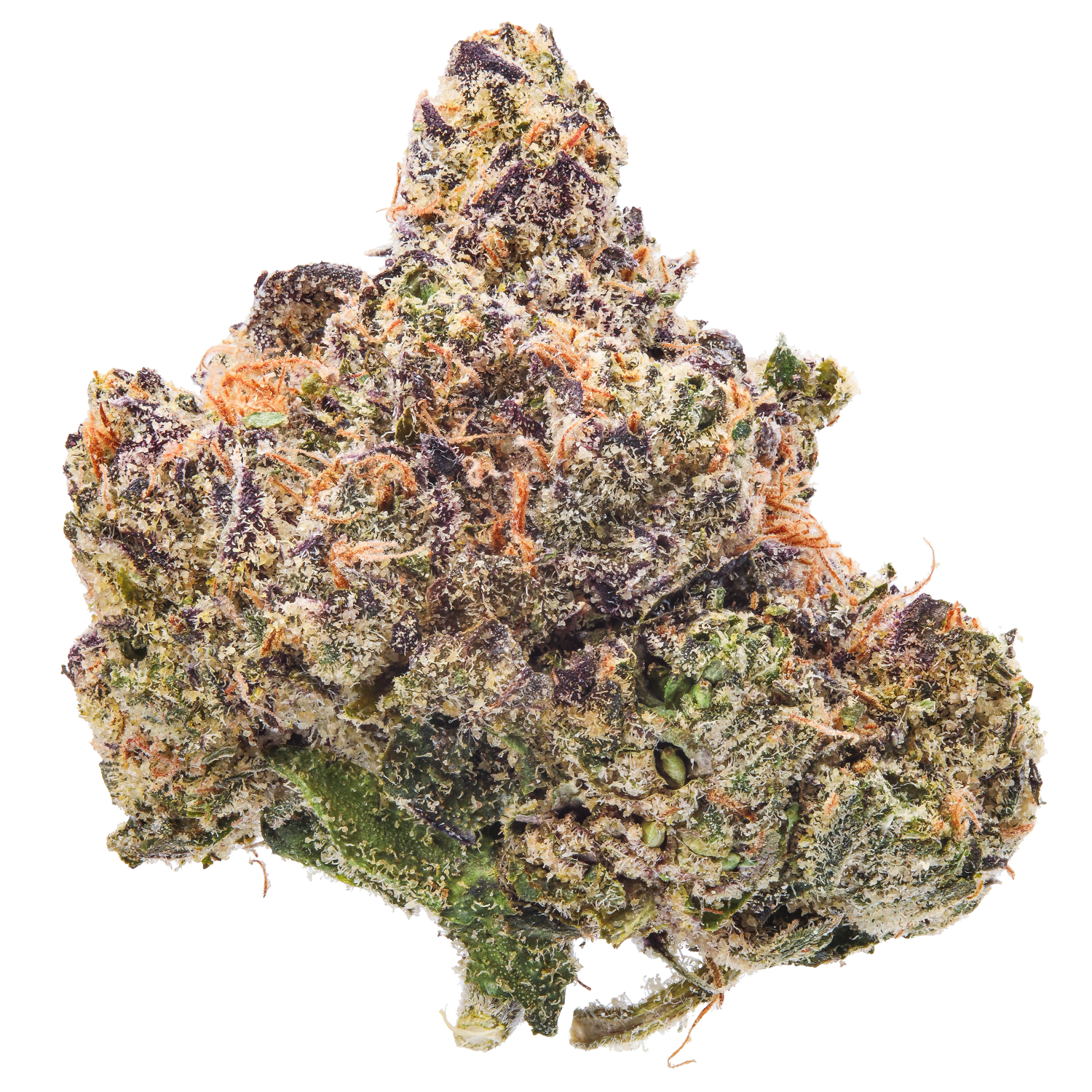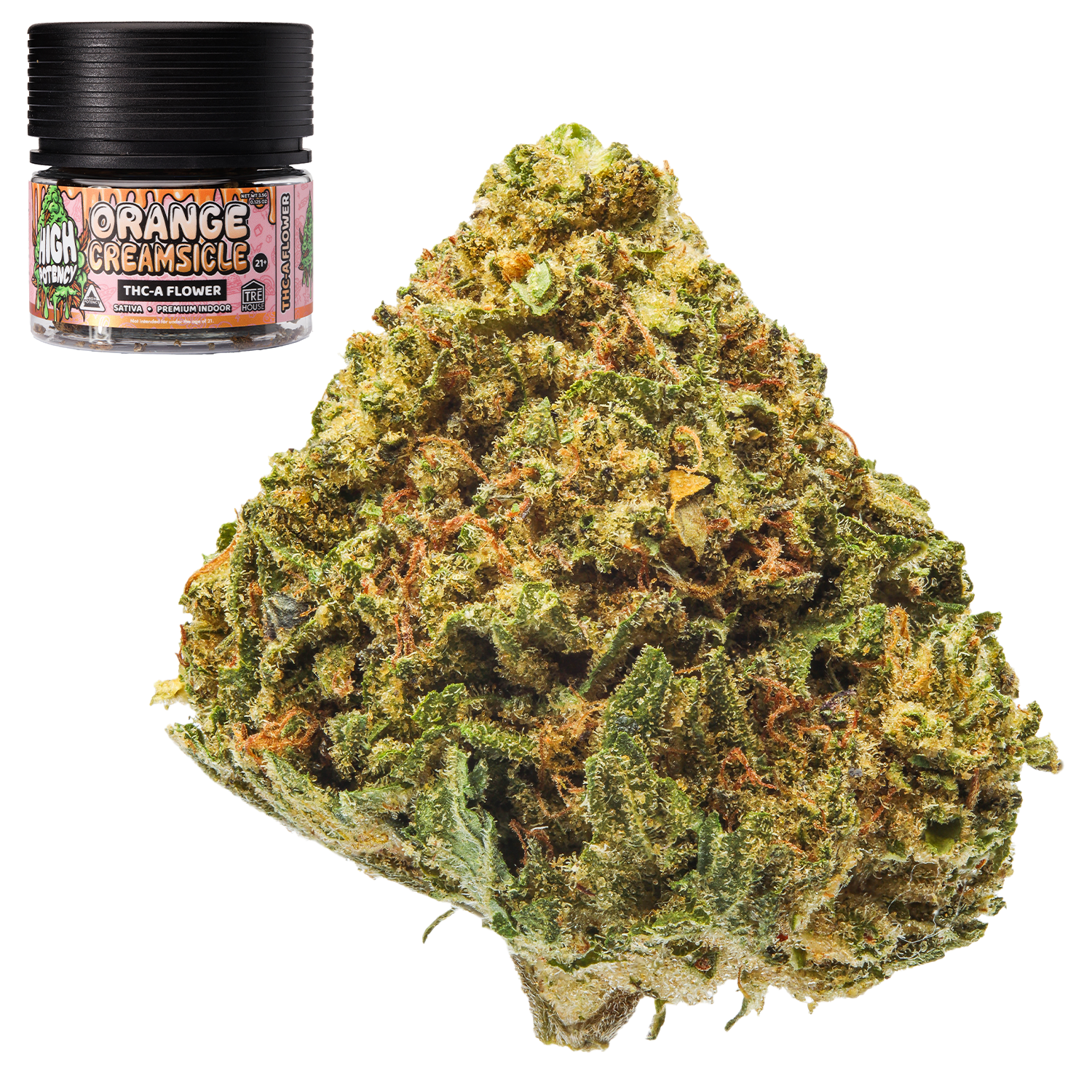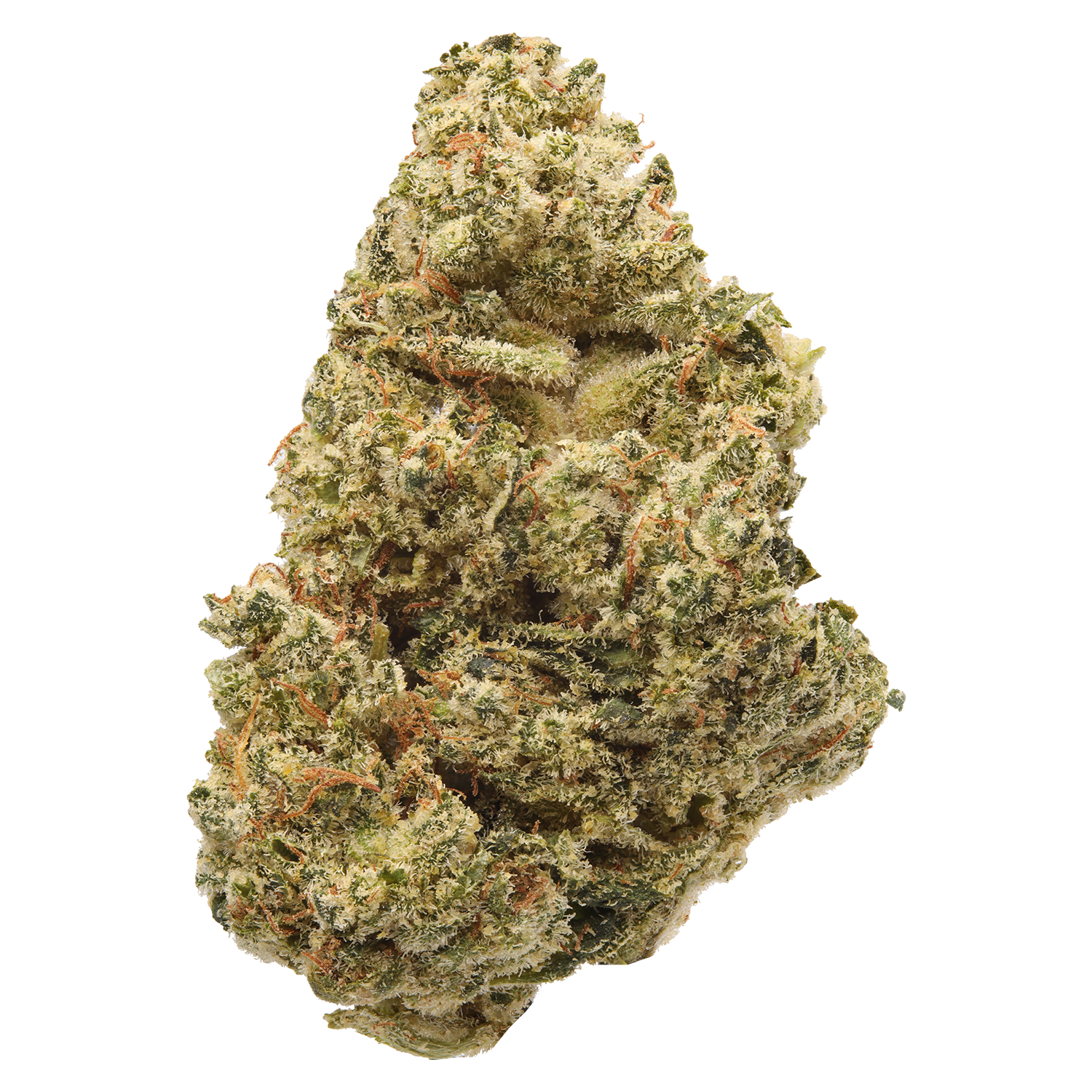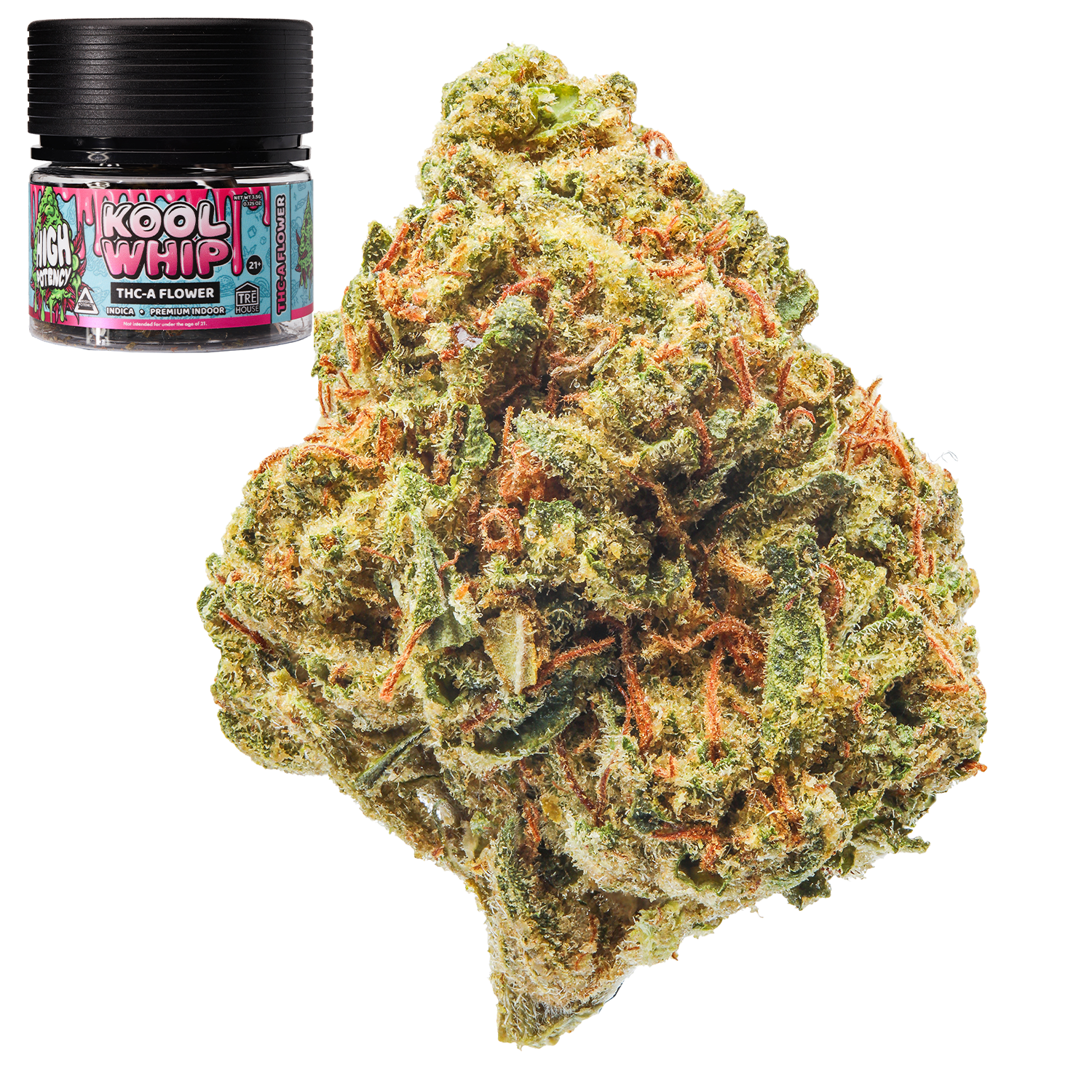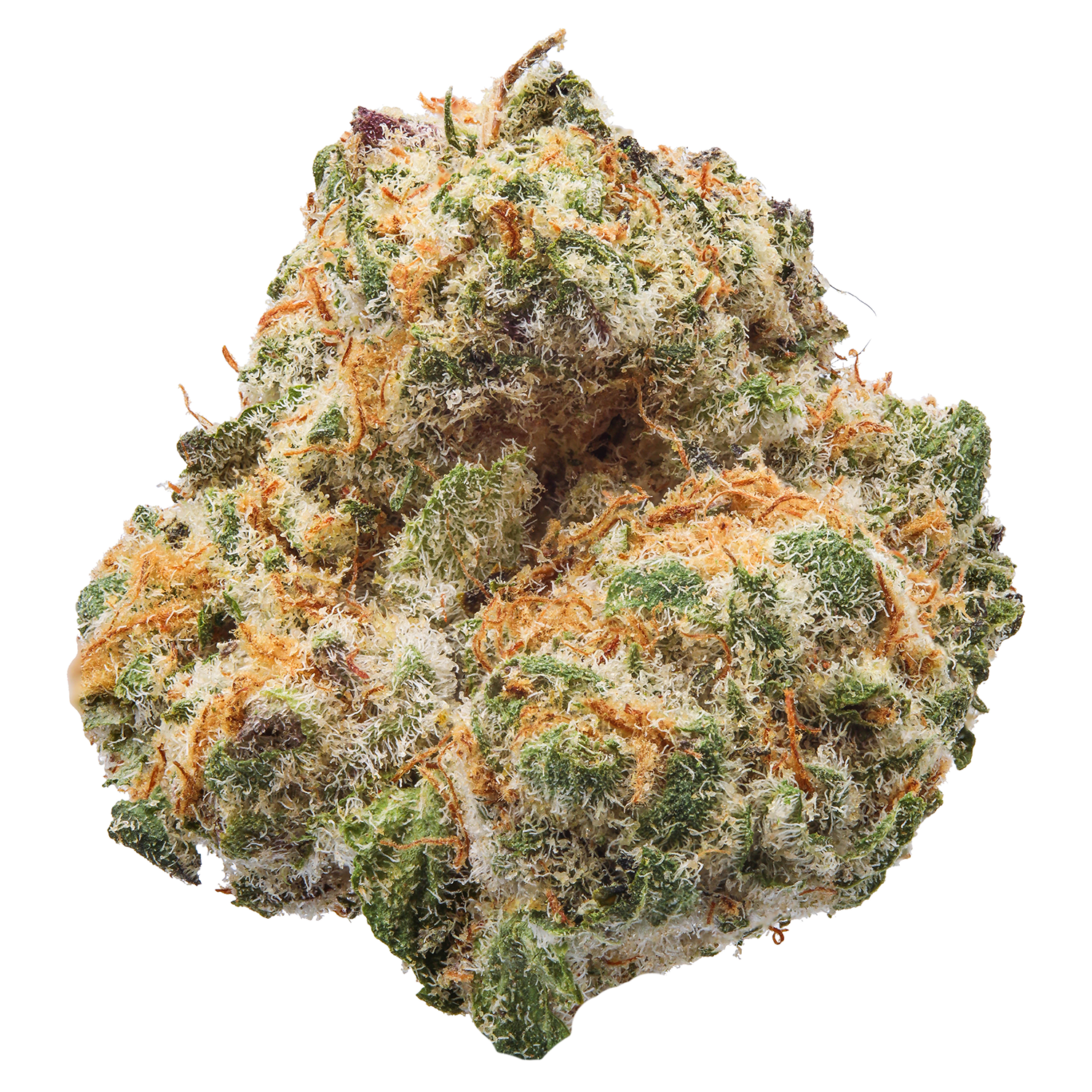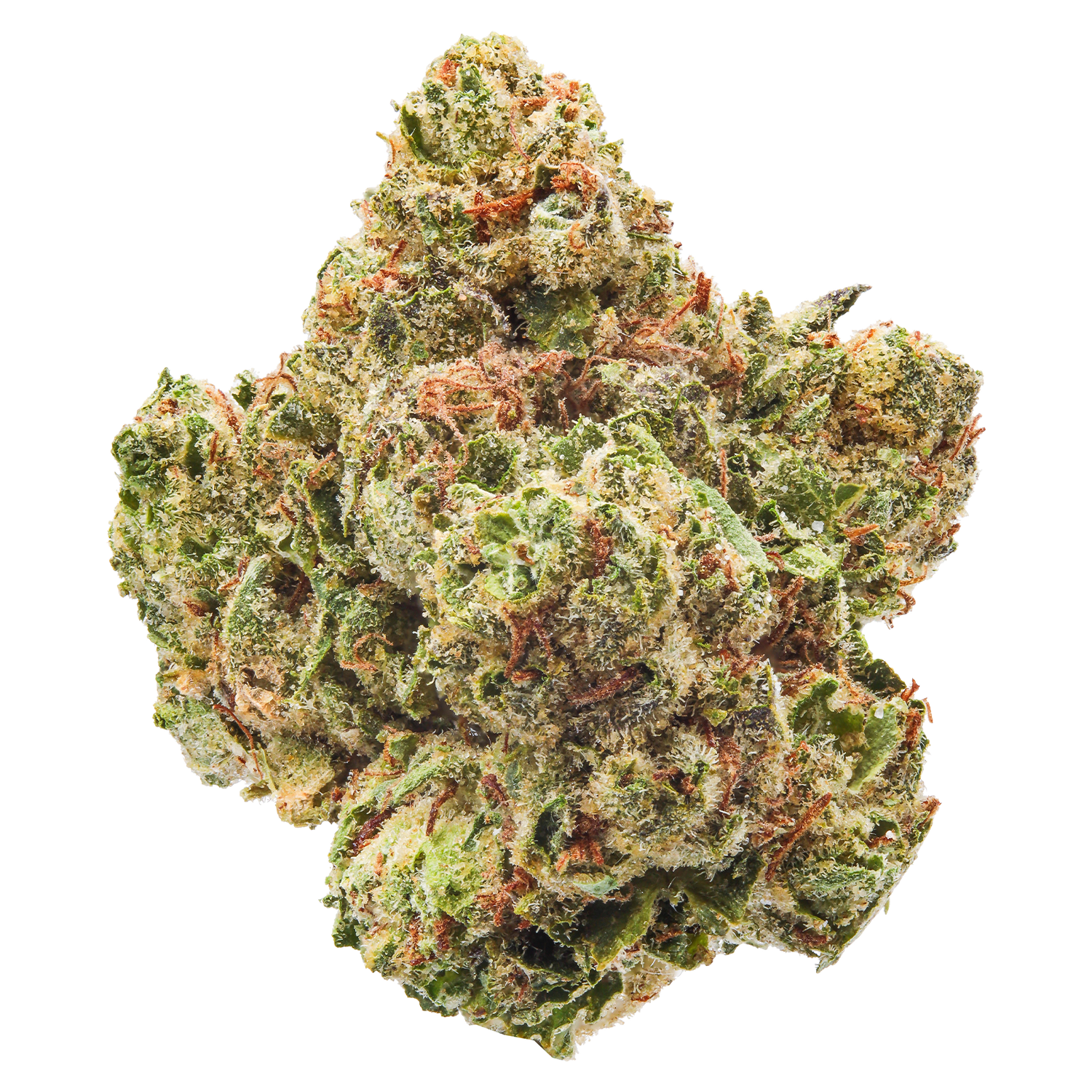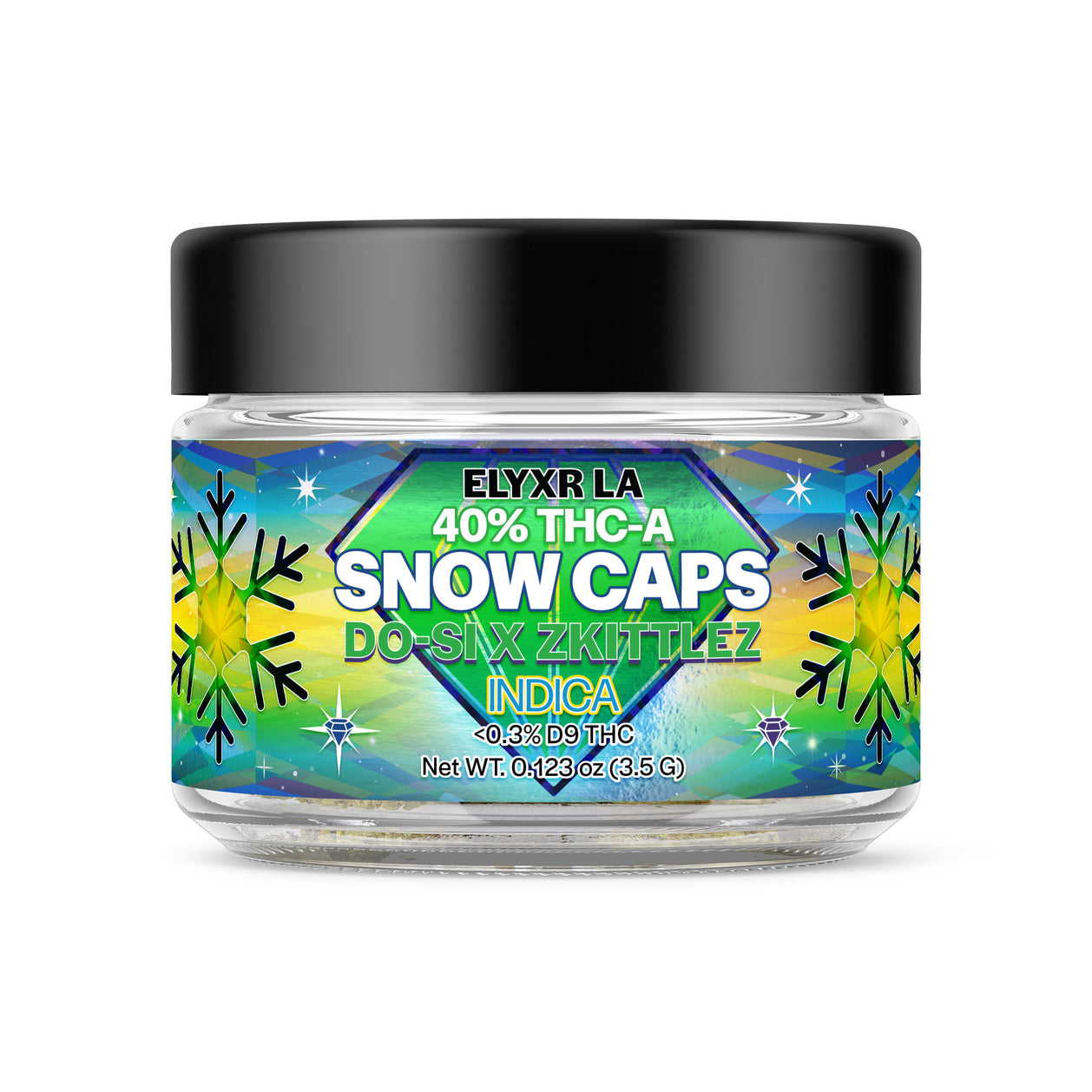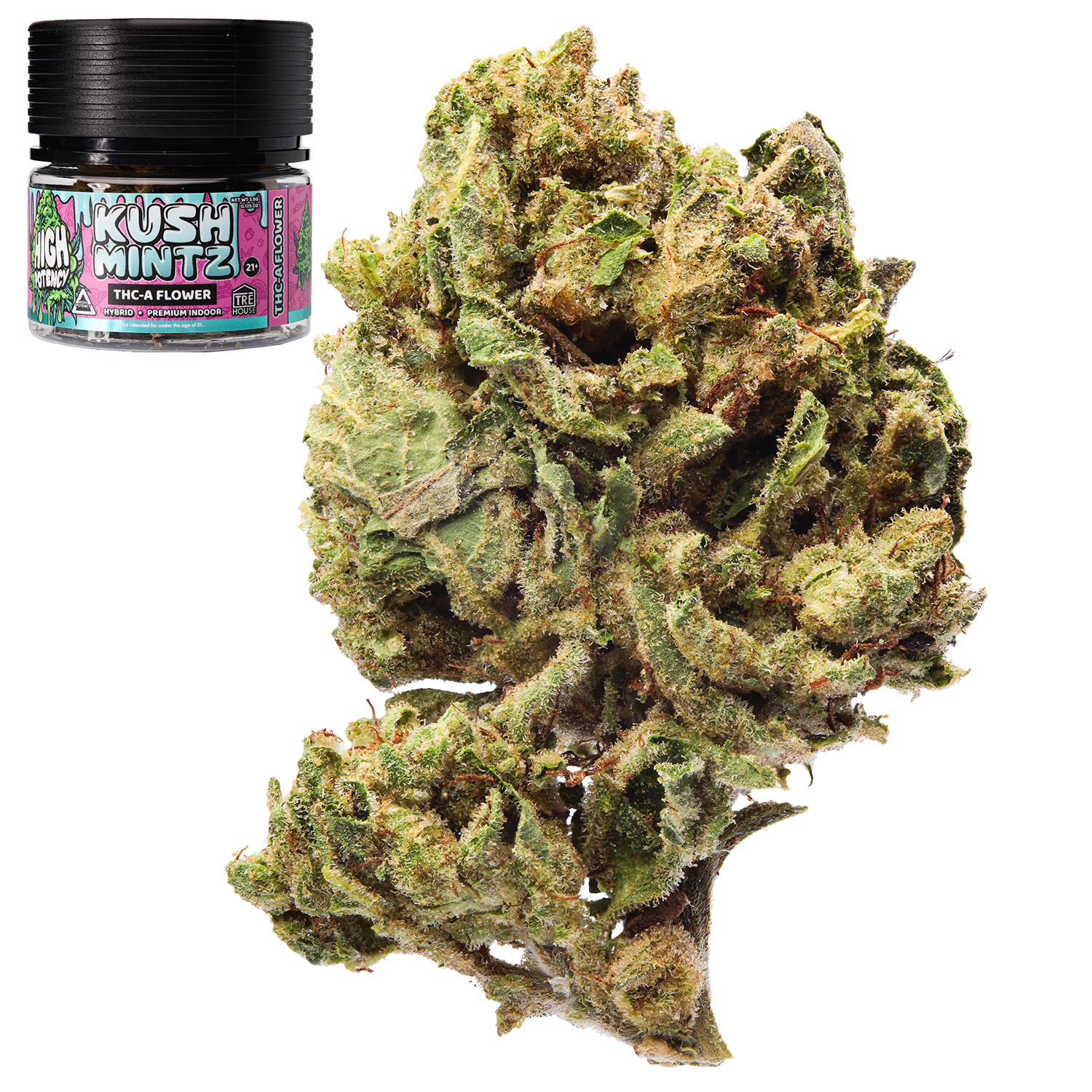In the world of weed, terpenes are often overshadowed by the flashier cannabinoids like THC and CBD—but that’s starting to change. One terpene, in particular, is making serious waves: caryophyllene terpene.
Sometimes called beta-caryophyllene (or BCP), this spicy-scented compound is more than just another aromatic—it’s a unique powerhouse with both terpene and cannabinoid characteristics. Found in a variety of plants, caryophyllene boasts a laundry list of potential health benefits and plays a starring role in the cannabis experience, both aromatically and physiologically.
This blog is your go-to guide for everything you need to know about caryophyllene. We’ll break down what it is, where to find it, what it does, and why it’s earned a reputation as a game-changer in the terpene world. Whether you’re a curious consumer, a wellness enthusiast, or a full-on terp nerd, there’s a lot to explore here.
What Are Terpenes?
To understand beta-caryophyllene, you first need to understand terpenes in general. Terpenes are naturally occurring aromatic compounds found in plants, fruits, herbs, and even some insects. They’re responsible for the distinctive scents and flavors in everything from lavender to lemons, and they play an important role in plant defense, pollinator attraction, and environmental adaptation.
In cannabis, terpenes influence more than just smell. They also help shape the effects of your high or wellness experience, interacting with cannabinoids in what researchers call the “entourage effect.” That means the combined presence of THC, CBD, and specific terpenes can amplify or mellow out certain caryophyllene terpene effects. In this context, caryophyllene’s role becomes especially intriguing.
What Makes Caryophyllene Unique?
What truly sets caryophyllene apart from the crowd is its ability to bind directly with CB2 cannabinoid receptors in the body’s endocannabinoid system (ECS). Unlike most other terpenes, which only influence the ECS indirectly, caryophyllene acts more like a cannabinoid—similar to CBD but without the psychoactivity.
This dual identity means caryophyllene doesn’t just affect how cannabis smells or tastes; it may also contribute directly to its medicinal benefits, particularly in areas like inflammation, pain, and stress relief. It’s the only known terpene to do this, making it both pharmacologically and chemically unique. Researchers are taking note, and its hybrid role as a terpene and cannabinoid has opened doors to a whole new category of wellness potential.
Aroma and Flavor Profile of Caryophyllene
One whiff of caryophyllene and it’s clear this terpene packs a punch. It has a warm, peppery scent with notes of spice, wood, and even a little funk. That spicy aroma you get from black pepper or cloves? That’s caryophyllene doing its thing.
In cannabis, it tends to lend a distinct earthiness or muskiness to strains, often accompanied by herbal or peppery undertones. While not sweet or citrusy like some of its terpene cousins, caryophyllene offers depth and complexity, especially when paired with other aromatic compounds. It’s bold, it’s grounding, and it gives certain strains a robust, savory character that stands out in a world of fruit-forward profiles.

Common Plants That Contain Caryophyllene
Caryophyllene terepene isn’t exclusive to the cannabis plant. It naturally occurs in a number of culinary herbs and spices that are likely already in your kitchen cabinet. This makes it easy to incorporate into your daily life, whether you’re lighting up or seasoning a meal.
Here are some of the most caryophyllene-rich plants:
- Black pepper
- Cloves
- Cinnamon
- Hops
- Basil
- Oregano
- Rosemary
Its widespread presence in food has even helped it earn GRAS (Generally Recognized As Safe) status from the FDA, making it one of the most accessible and well-tolerated terpenes on the planet.
How Caryophyllene Interacts With the Endocannabinoid System
To appreciate caryophyllene’s effects, it helps to understand the endocannabinoid system (ECS)—the body’s built-in network for regulating homeostasis. The ECS includes two primary receptor types: CB1, which is found mostly in the brain and central nervous system, and CB2, found primarily in peripheral organs and immune cells.
Unlike THC, which binds with CB1 and causes psychoactive effects, caryophyllene binds selectively to CB2 receptors, offering anti-inflammatory and analgesic effects without altering your mental state. This makes it a compelling candidate for therapeutic use, particularly for conditions rooted in immune dysfunction or inflammation.
The ability to target CB2 receptors without triggering a high means caryophyllene may offer medicinal benefits without impairment, a key factor driving its popularity in wellness circles.
Anti-Inflammatory Properties
One of caryophyllene’s most studied and promising attributes is its anti-inflammatory potential. Because it binds to CB2 receptors, which are heavily involved in regulating immune response, it helps suppress pro-inflammatory pathways and encourages a more balanced immune function.
Studies have shown that caryophyllene can relieve symptoms of inflammation in conditions like arthritis, colitis, and multiple sclerosis. Animal models have shown reduced swelling and decreased inflammatory responses with caryophyllene administration, suggesting it may be a viable supplement or complementary treatment for inflammatory disorders.
What’s particularly exciting is that caryophyllene seems to reduce inflammation without causing tolerance—meaning it could be used long-term without losing effectiveness, unlike certain pharmaceuticals.
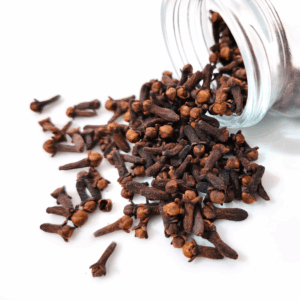
Analgesic (Pain-Relieving) Effects
Closely tied to its anti-inflammatory powers is caryophyllene’s analgesic, or pain-relieving, potential. Pain and inflammation often go hand-in-hand, and this terpene addresses both by targeting the underlying immune mechanisms that fuel them.
Research has shown that caryophyllene can reduce pain perception in animal models, making it a compelling candidate for natural pain relief. It may also work synergistically with THC and CBD, boosting their effects through the entourage effect while offering non-psychoactive support on its own.
Whether you’re dealing with chronic joint pain, muscle soreness, or nerve discomfort, caryophyllene could become a valuable tool in your pain-management toolkit.
Caryophyllene Terpene and Anxiety Relief
Though not as sedative as common cannabis terpenes like linalool or myrcene, caryophyllene may offer anxiety-reducing benefits without causing drowsiness. By acting on CB2 receptors, it helps modulate the immune response and inflammation—two factors increasingly linked to mood disorders and chronic stress.
Animal studies suggest that caryophyllene produces anxiolytic (anti-anxiety) effects, potentially by balancing neurotransmitter activity and inflammation levels. Its non-intoxicating nature makes it ideal for daytime use and for people seeking calm without cognitive fog.
Caryophyllene’s impact on anxiety seems to stem from a whole-body approach—by addressing inflammation and boosting ECS balance, it helps return the body to a state of equilibrium, which naturally reduces stress and pain responses.
Antioxidant Properties
On top of its anti-inflammatory and calming abilities, caryophyllene also brings some impressive antioxidant power to the table. Oxidative stress is a major contributor to aging and chronic disease, and antioxidants help neutralize the free radicals that drive cellular damage.
Caryophyllene has been shown to reduce oxidative stress in a variety of tissues, including the liver and brain. By scavenging harmful free radicals, it supports cellular repair and longevity. These antioxidant effects may also play a role in skin health, brain aging, and metabolic function—three areas where oxidative damage tends to take its toll.
When included in a cannabinoid-rich formula, caryophyllene adds another layer of defense, making it a useful compound in long-term wellness strategies.
Gastroprotective Benefits
If you’ve ever used clove oil for a toothache or tummy trouble, you’ve already benefited from caryophyllene’s gastroprotective properties. This terpene has been found to help protect the stomach lining, reduce the risk of ulcers, and soothe gastrointestinal inflammation.
Animal studies show promising results for caryophyllene’s ability to decrease gastric acid secretion and strengthen mucosal defenses. That makes it especially relevant for people with chronic digestive issues like GERD, IBS, or gastritis.
Its antimicrobial abilities also help maintain a healthy gut microbiome, offering a one-two punch for digestive wellness. While human studies are still ongoing, the evidence so far suggests caryophyllene could play a future role in gut-targeted therapies.
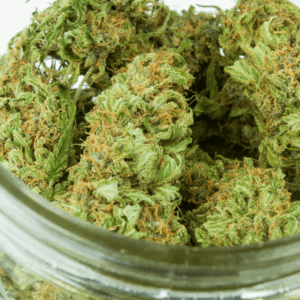
Antimicrobial and Antifungal Potential
Caryophyllene’s potential doesn’t end at the gut. It also boasts antimicrobial and antifungal properties, making it useful for natural wellness and even cannabis preservation. Studies have shown that it can inhibit the growth of certain bacteria and fungi, including common pathogens like E. coli and Candida albicans.
In essential oil derived blends, caryophyllene terpene contributes to overall antimicrobial activity, and some research suggests it could even help resist mold formation in harvested cannabis buds. While it’s not a standalone disinfectant, it may offer a natural alternative to synthetic preservatives in both topical products and aromatherapy blends.
Its presence in herbs like oregano and clove isn’t just for flavor—it’s part of the plant’s evolutionary defense system, and it could be harnessed similarly in human health.
Neuroprotective Potential
One of the most exciting frontiers for caryophyllene is its potential role in neuroprotection. Researchers are increasingly looking at how inflammation and oxidative stress contribute to neurodegenerative diseases like Alzheimer’s, Parkinson’s, and multiple sclerosis, and caryophyllene seems uniquely suited to address both.
Studies in rodents show that caryophyllene may protect brain cells from damage, reduce inflammatory markers in the brain, and even improve memory and cognitive performance. Its ability to cross the blood-brain barrier makes it even more promising for neurological applications.
Though more human trials are needed, early research points to caryophyllene as a valuable compound in the fight against age-related cognitive decline and neuroinflammatory conditions.
Is Caryophyllene Safe?
Safety is always a top concern when incorporating new supplements or botanicals into your routine, but with caryophyllene terpene, you can rest easy. It’s been designated Generally Recognized As Safe (GRAS) by the FDA, thanks to its widespread presence in food and essential oils.
There are no known serious side effects at typical concentrations, and it’s been well-tolerated in animal and preliminary human studies. As always, it’s smart to consult a healthcare professional if you’re taking medications or have specific medical concerns, but for most people, caryophyllene is a low-risk addition to a wellness regimen.
Caryophyllene in Cannabis Strains
Cannabis strains high in caryophyllene tend to have earthy, spicy, and musky aromas—and often come with grounding, body-focused effects. While terpene content varies based on growing conditions and curing methods, several strains are consistently rich in caryophyllene.
Popular examples include:
- Girl Scout Cookies
- Bubba Kush
- Sour Diesel
- Chemdawg
- OG Kush
- Gelato
These strains are often favored for pain relief, relaxation, and mood enhancement, all without the heavy sedation associated with other terpene profiles. If you’re looking for cannabis that soothes the body without knocking you out, caryophyllene-dominant strains are a solid bet.
How to Identify Caryophyllene in Products
Finding products rich in caryophyllene terpene is easier than you might think—if you know what to look for. The best way is to check lab test results or Certificates of Analysis (COAs) provided by reputable cannabis brands. These reports often list terpene content, including the percentage of caryophyllene present.
You can also spot caryophyllene in a variety of full-spectrum or broad-spectrum CBD oils, cannabis flower, vape cartridges, tinctures, and even topicals. Brands that emphasize terpene-rich formulations are your best bet, especially those that highlight strain-specific effects.
Comparing Caryophyllene to Other Terpenes
While every terpene has its own flavor and function, caryophyllene holds a unique position thanks to its cannabinoid-like action. Compared to:
- Myrcene – more sedating, great for sleep
- Limonene – more energizing and mood-boosting
- Linalool – more relaxing, especially for anxiety and sleep
- Pinene – cognitive-enhancing and bronchodilating
Caryophyllene stands out for its inflammation-targeting and immune-modulating capabilities, making it a versatile middle-ground terpene that doesn’t swing too far in either energizing or sedating directions.
Caryophyllene in CBD and THC Products
Because it works so well with cannabinoids, caryophyllene shows up in many CBD-rich and THC-rich formulas. Full-spectrum products, in particular, tend to preserve terpene content, giving you a more complete plant profile.
Look for caryophyllene terpene in:
- Full-spectrum CBD oils
- THC vape pens labeled “relaxing” or “anti-inflammatory”
- Topical salves for joint and muscle pain
- Capsules or tinctures aimed at stress and pain relief
Its synergy with both THC and CBD makes it a valuable addition to wellness-focused formulas where clarity and comfort are the goal.

Future Research and Medical Potential
Caryophyllene is gaining momentum in medical research, particularly in areas like chronic inflammation, neurodegeneration, and metabolic disorders. Scientists are eager to explore how this terpene can be used therapeutically without the legal and psychoactive hurdles that come with THC.
Emerging studies suggest caryophyllene terpene may also support liver health, reduce addiction-related behaviors, and modulate the body’s response to stress. As clinical trials ramp up, we may see this terpene formulated into pharmaceuticals or functional supplements aimed at inflammation and immune modulation.
For now, its presence in cannabis and essential oils offers an accessible way to experience its therapeutic benefits, but the future looks bright for more targeted applications.
Final Thoughts: Should You Seek Out Caryophyllene?
If you’re looking to build a smarter, more targeted cannabis experience, caryophyllene is definitely worth seeking out. With its ability to soothe inflammation, ease pain, protect the brain, and support emotional balance—all without making you feel foggy—it offers the best of both worlds: therapeutic value and sensory richness.
Whether you’re navigating chronic pain, managing anxiety, or just want to better understand what’s in your flower, caryophyllene terpene delivers serious wellness potential. It may not be the flashiest terpene on the scene, but it’s quietly one of the most versatile, effective, and research-backed.
So next time you check a lab report or scan a product label, keep an eye out for this spicy superstar. Your endocannabinoid system will thank you.
Frequently Asked Questions
1. What does the terpene caryophyllene do?
Caryophyllene is best known for its spicy, peppery aroma and unique ability to interact with the body’s endocannabinoid system—specifically the CB2 receptors. This gives it potential anti-inflammatory, pain-relieving, and calming effects. It’s one of the only terpenes known to act like a cannabinoid, which sets it apart from the rest.
2. Is caryophyllene more indica or sativa?
Caryophyllene isn’t strictly tied to either indica or sativa strains—it can be found in both. That said, it’s more common in indica-leaning or hybrid strains due to its relaxing and body-soothing effects. But don’t be surprised to find it popping up in sativas, especially those with earthy or spicy flavor profiles.
3. What does caryophyllene feel like?
Caryophyllene often brings on a sense of physical relief—think reduced tension, less inflammation, and a mellow, grounded vibe. While it doesn’t tend to hit your headspace too hard, it can definitely help take the edge off stress or discomfort, making it great for winding down without full-on couchlock.
4. What is the best terpene for anxiety?
Linalool is often considered one of the best terpenes for anxiety thanks to its floral, lavender-like scent and strong calming and analgesic properties. Other contenders include myrcene, which promotes relaxation, and yes—caryophyllene, which may also help reduce stress by interacting with the body’s stress-response and immune systems. Ultimately, the “best” terpene can vary depending on individual body chemistry and the specific strain it’s paired with.






